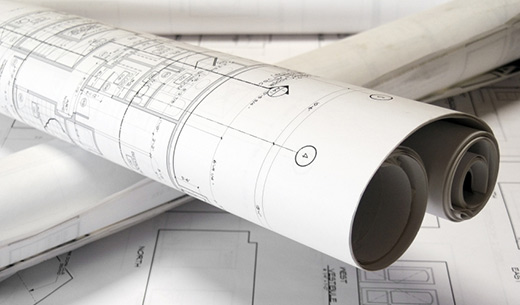Building approvals slumped dramatically in January, reigniting concerns about the ongoing level of underbuilding in Australia.
According to the Australian Bureau of Statistics, total residential building approvals fell by 15.9 per cent in January to be 24.8 per cent down year on year. The falls were worst in Tasmania with a decline of 34.9 per cent in building approvals, followed by Queensland at 29.9 per cent and South Australia at 20.9 per cent.
Residential building groups have been quick to voice their concern over the figures.
Peter Jones, chief economist at Master Builders said the latest setback was not simply due to weather events but more to do with caution in the face of ongoing interest rate hikes.
“The much anticipated upswing in residential building activity is now in doubt with further fallout expected to dampen prospects for a private sector revival in residential building.
“A long and strong residential building upturn is desperately needed given that we have been underbuilding in Australia over the past six or seven years.”
HIA senior economist Andrew Harvey echoed similar sentiments.
“The January 2011 fall in approvals is the worst monthly decline we have seen since September 2002 and as HIA has been noting for some time now we are in for a considerably weaker year of residential building in 2011,” he said.
“Moreover, it reinforces the urgent need for a dedicated housing ministry in the Gillard Government and serious reforms to the supply side of Australia’s housing market.”
On a more positive note, Harry Charalambous, CEO of Plan Assist, sees opportunity.
“This is a great opportunity for smaller developers who have the foresight to work with Government in filling in the gaps in housing. There is going to be a shortage of housing from this, possibly a shortage right now. In this low point in construction, creating solutions for quality sites will produce returns.”
“To capitalise on these returns, investors and developers should be preparing for the next cycle, preparing resources, preparing contacts, and in particular, cashing up for the next cycle. With demand for quality dwellings growing each month, we see a rosy future for those who have prepared in the low season.”
 Building approvals slumped dramatically in January, reigniting concerns about the ongoing level of underbuilding in Australia.
Building approvals slumped dramatically in January, reigniting concerns about the ongoing level of underbuilding in Australia.
According to the Australian Bureau of Statistics, total residential building approvals fell by 15.9 per cent in January to be 24.8 per cent down year on year. The falls were worst in Tasmania with a decline of 34.9 per cent in building approvals, followed by Queensland at 29.9 per cent and South Australia at 20.9 per cent.
Residential building groups have been quick to voice their concern over the figures.
Peter Jones, chief economist at Master Builders said the latest setback was not simply due to weather events but more to do with caution in the face of ongoing interest rate hikes.
“The much anticipated upswing in residential building activity is now in doubt with further fallout expected to dampen prospects for a private sector revival in residential building.
“A long and strong residential building upturn is desperately needed given that we have been underbuilding in Australia over the past six or seven years.”
HIA senior economist Andrew Harvey echoed similar sentiments.
“The January 2011 fall in approvals is the worst monthly decline we have seen since September 2002 and as HIA has been noting for some time now we are in for a considerably weaker year of residential building in 2011,” he said.
“Moreover, it reinforces the urgent need for a dedicated housing ministry in the Gillard Government and serious reforms to the supply side of Australia’s housing market.”
On a more positive note, Harry Charalambous, CEO of Plan Assist, sees opportunity.
“This is a great opportunity for smaller developers who have the foresight to work with Government in filling in the gaps in housing. There is going to be a shortage of housing from this, possibly a shortage right now. In this low point in construction, creating solutions for quality sites will produce returns.”
“To capitalise on these returns, investors and developers should be preparing for the next cycle, preparing resources, preparing contacts, and in particular, cashing up for the next cycle. With demand for quality dwellings growing each month, we see a rosy future for those who have prepared in the low season.”
(By Staff reporter www.theadviser.com.au, 04 March 2011)
 Building approvals slumped dramatically in January, reigniting concerns about the ongoing level of underbuilding in Australia.
Building approvals slumped dramatically in January, reigniting concerns about the ongoing level of underbuilding in Australia.








